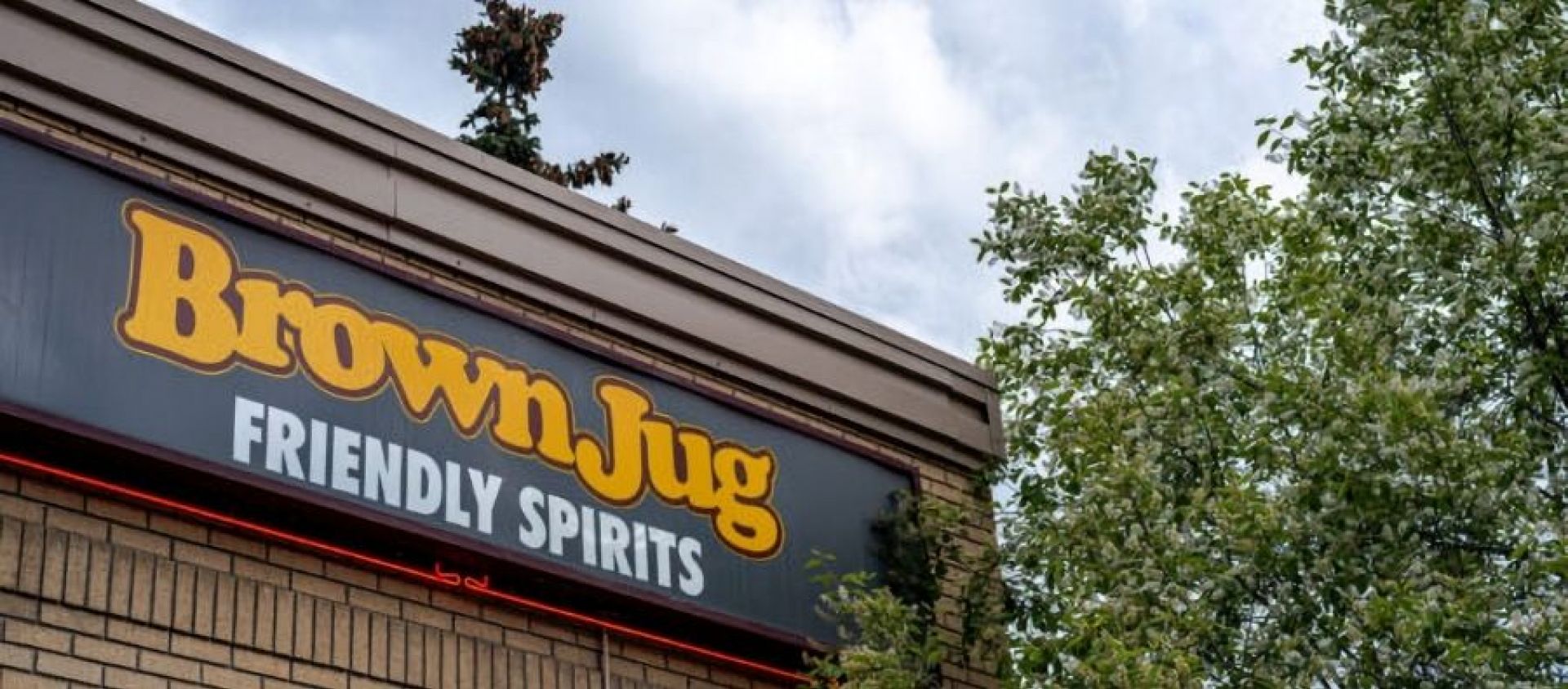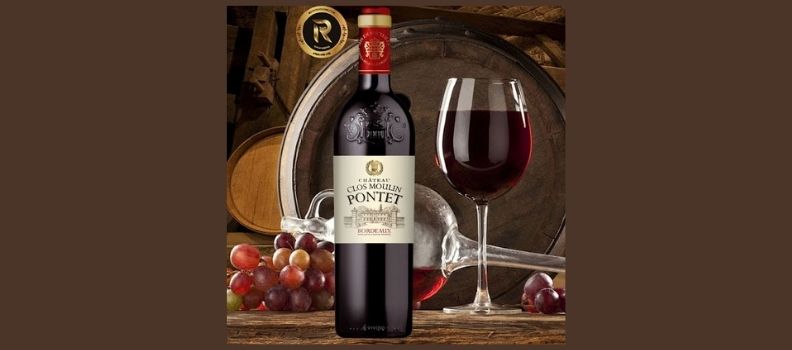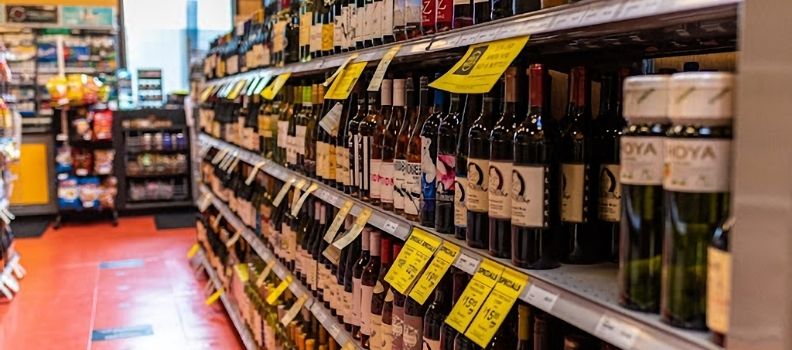
Insights
Effective Ways Of Working With Regional Buyers
The article digs a little deep into the mindset of regional chain buyers on purchasing decisions. Suppliers, keep your eyes and ears open.
Build A Rapport
Ever wonder how regional chains determine what wines make it to their shelves and what brands do not? How do they have such an extensive portfolio? Or do the buyers accept all the wines suppliers send to them? They say first impressions are everything and that holds for this scenario as well. A supplier-buyer relationship is a very crucial one. Here are some pointers to keep in mind before approaching regional chains.
[[relatedPurchasesItems-34]]
Return On Investment
It all boils down to the Return On Investment. What would you, as a supplier, be able to provide aside from the cartons you deliver to the buyer for the buyer to invest in your brand/product? If you were under the impression that delivering the product was enough, then you’ve got another thing coming.
Bruce Abbott, manager and buyer of 21 retail chains of Brown Jug in Alaska, has some great pointers on what to expect.
Develop a Relationship
Bruce states that most suppliers often send in emails stating their intent to do business with him but don’t quite pitch their brand the right way which is an immediate turn-off to buyers. To build a rapport, there must be a development of a relationship. Research your retailer. Don’t go in blind. Know the basics if nothing and if there’s more you need to know about the chain then the retail buyers will be happy to help. Understand what the buyer is looking for. Their likes and dislikes, the wines they are mostly looking for, or even just to understand their portfolio. Dig deep into their market positioning, where are they lacking, how can they bridge the gaps in their business, how to get your cartons to the destination. So, this mini-investigation that suppliers can get on to is solely to shovel out information to make a great pitch.
For instance, Abbott mentions the time one of the suppliers researched how to get their product to Alaska and even shared details with him about the pricing for holding the boxes at the warehouse. This is something that interests buyers to know more. Thus bringing us to the next expectation most buyers have. The Pitch.

Source: brownjugalaska Chateau Clos Moulin Pontet; Brown Jug’s Portfolio
Pitch Perfect
Suppliers think it professional to get to the point when pitching a product to the buyer. To an extent that is true but not to the point where one completely disregards the buyers’ needs or expectations from a pitch. Another example Bruce shares is sending in an email stating the existence of a container that is priced optimally or that the product is great and all they need is for the buyer to commit to it. This sort of framework won’t attract a response from the other side. You might as well give up.
Provide the buyer with all the information needed. The idea is to keep them interested and make them listen to the value you are bringing in with you. Buyers would prefer if suppliers came forth and admitted to not having the product that the buyer was looking to add to their portfolio instead of trying to push a product on to them. The pitch has to fit perfectly. Your Cinderella moment will come and when you have what the retail buyer is looking for, he will more likely be ready to listen to your pitch. Include all the information you think the buyer is looking for based on your investigation.
Bruce Abbott points out a few buyer needs:
- Pricing: Get accurate pricing. Know the route to market, the taxes, and everything involved in offering to the buyer. During your pitch mention the cost incurred by both parties (ex: landing cost at the warehouse) for the buyer to get a brief idea.
- Path to Market: Do not expect the regional buyer to do this. Understand the flow of work. Know the rules and the regulations in that state (ex: 2 & 3 tier states have different rules). Know the entire framework from the time the product leaves your property till the time it gets on the shelves of the retail store.
- Quantities: Start Small. Do not hesitate to start with a few cases instead of sending cartons full of wine. A crucial observation that Abbott shares are that suppliers who send buyers 3 months’ worth of inventory compared to those sending 12 months’ worth are more likely to hear back from their buyer even though both these products have the same sell-through rate as the latter is more likely to be sitting in the warehouse collecting dust.
- Product Quality: Bruce’s thoughts on the perfect product pitch are not entirely about, “...the family, how the wine is made and history of the region and it’s all fantastic…if I was a consumer.”, and he goes on to emphasize on “ what I’m looking for is pricing, what kind of the point of sales support that is available, what kind of exclusivity can I have with this brand what can we use this brand for to differentiate ourselves from our competitors”. Along with the sample, suppliers could send in the information that strengthens their pitch.
- Shelf Presentation: share the information about the souvenirs, gifts, and stickers that go along with the bottle to make it more presentable.
- Features and Benefits: Bruce states that since suppliers sell to the buyer, they tend to explain the features and the benefits of the product to him assuming they are the end consumer or that they are the point of contact for consumers to learn more about the product. In reality, the buyer rarely interacts with the consumers. It is the wine stewards who are on the front line helping with the purchase. Product support: How will you support the product you sell to the buyer after it is placed on the shelf? If a supplier wants to sell their product, the USP must be communicated to the face of the retail chain, i.e. the employees. This can be done through staff training or consumer education. Another great way is by sampling but this can only be done in states where in-store sampling is allowed.
“The goal is to make it as convenient as possible for the buyer to make a decision”. This brings us to the last hurdle in bagging that account - The Follow-Up.

Source: akbizmagazine The newly remodeled Independence Park Brown Jug store in Anchorage
Shoot and Scoot
That’s never ended well. Bruce states that follow-ups are what turn a one-time buy into a long-term business. Suppliers are expected to return at regular intervals to check on their products. Getting it on a retail shelf isn’t the end of the process. One must check in to see how the product is doing, the average number of cases sold a month, the feedback received on the product. What are some of the intangibles that can be offered to help with the ease of getting into the market?
POS can help put the product on the floor. Sales strategies can be implemented to get the consumer interested (offers, discounts). Suppliers, connecting the owner or the winemaker with the employees to walk them through the product through a sales point of view for the stewards to get the consumers to buy the product is a great way for the retail chain to succeed as well as the product to excel.
Reps can learn from the above-stated statements to better understand what a regional chain is aiming at and where the expectations lie. This could build a long-lasting brand relationship with the buyer and the retail chain which in turn builds supplier/importer reputation.
Written by Kritika Shenoy, Beverage Trade Network
Become a USATT exhibitor and grow your distribution in the USA. Meet importers, distributors, retailers and press. Get exhibitor information here.


